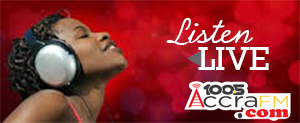The dazzling crown resting on top of the Queen’s coffin
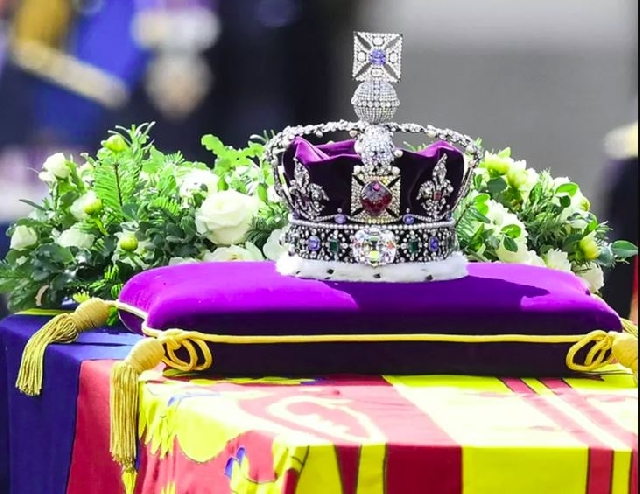 The Imperial State Crown sitting on top of Her Majesty's coffin
The Imperial State Crown sitting on top of Her Majesty's coffin
The Queen's coffin is now lying in state in Westminster Hall having been escorted from Buckingham Palace by King Charles, Princes William and Harry, and other senior royals. On top of the coffin sits the Imperial State Crown, perhaps the most familiar item in the Crown Jewels - a priceless collection of tens of thousands of gemstones collected over the centuries by British kings and queens.
The crown sparkles with nearly 3,000 stones - including 2,868 diamonds, 273 pearls, 17 sapphires, 11 emeralds, and five rubies.
"It can be quite hard to look at sometimes because of the sheer light that comes off them. It's literally dazzling… visually overpowering," says historian and author of The Crown Jewels, Anna Keay.
She says historically, right back to the Middle Ages, crowns were viewed as expressions of wealth and status.
"It signifies majesty, it signifies sovereignty."
Made in 1937 for the coronation of the Queen's father, King George VI, the Imperial State Crown was designed to be lighter, and to fit better, than the crown it replaced - which dated back to Queen Victoria. But nevertheless, the Imperial Crown still weighs in at a hefty 2.3lbs (1.06kg).
During her reign, Queen Elizabeth II would wear it annually for the State Opening of Parliament - as she sat on a golden throne reading out the government's key legislative plans for the year ahead.
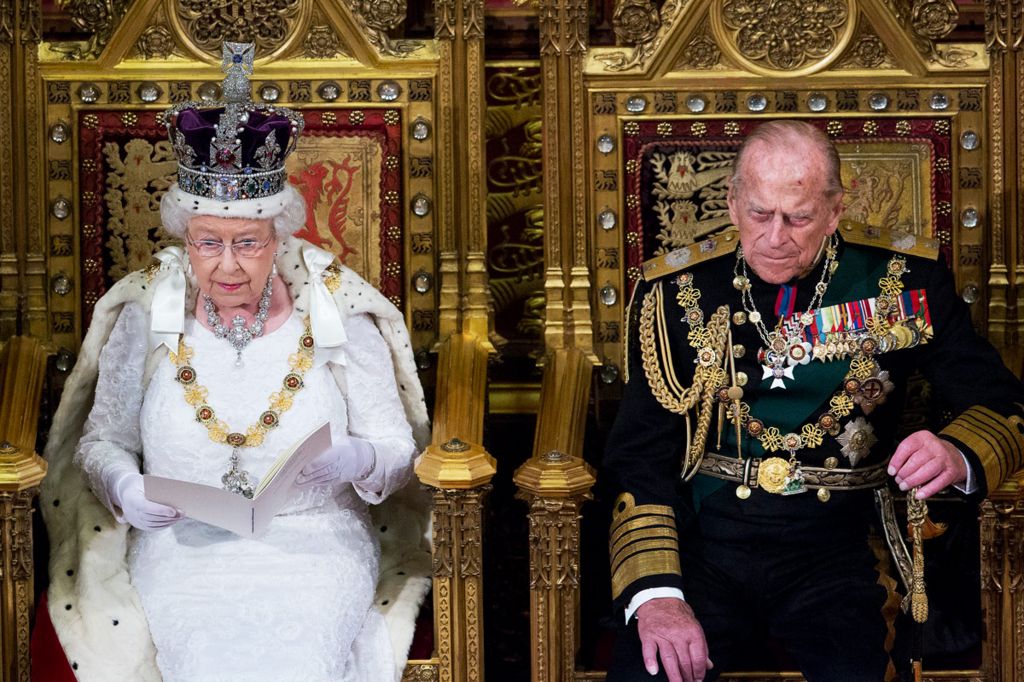 The Queen, with the Duke of Edinburgh by her side, wearing the crown at the State Opening of Parliament in 2016
The Queen, with the Duke of Edinburgh by her side, wearing the crown at the State Opening of Parliament in 2016
In 2018, the Queen joked about how heavy the crown felt to wear.
"You can't look down to read the speech, you have to take the speech up, because if you did your neck would break," explained Her Majesty.
"There are some disadvantages to crowns, but otherwise they're quite important things."
In 2019, when the monarch was well into her 90s, a lighter crown was used - and in 2021, the final time she took part in the ceremony, she didn't wear one at all.
The Imperial State Crown includes the 317 carat Cullinan II diamond - sometimes called the Second Star of Africa. Cut from the largest diamond ever found, it was given to Edward VII on his 66th birthday by the government of the Transvaal - a former British crown colony - in present day South Africa.
It also includes the oldest gem in the royal collection - a sapphire said to have once been worn in a ring by the 11th Century king of England, St Edward the Confessor. The stone is now set at the centre of the cross that tops the crown.
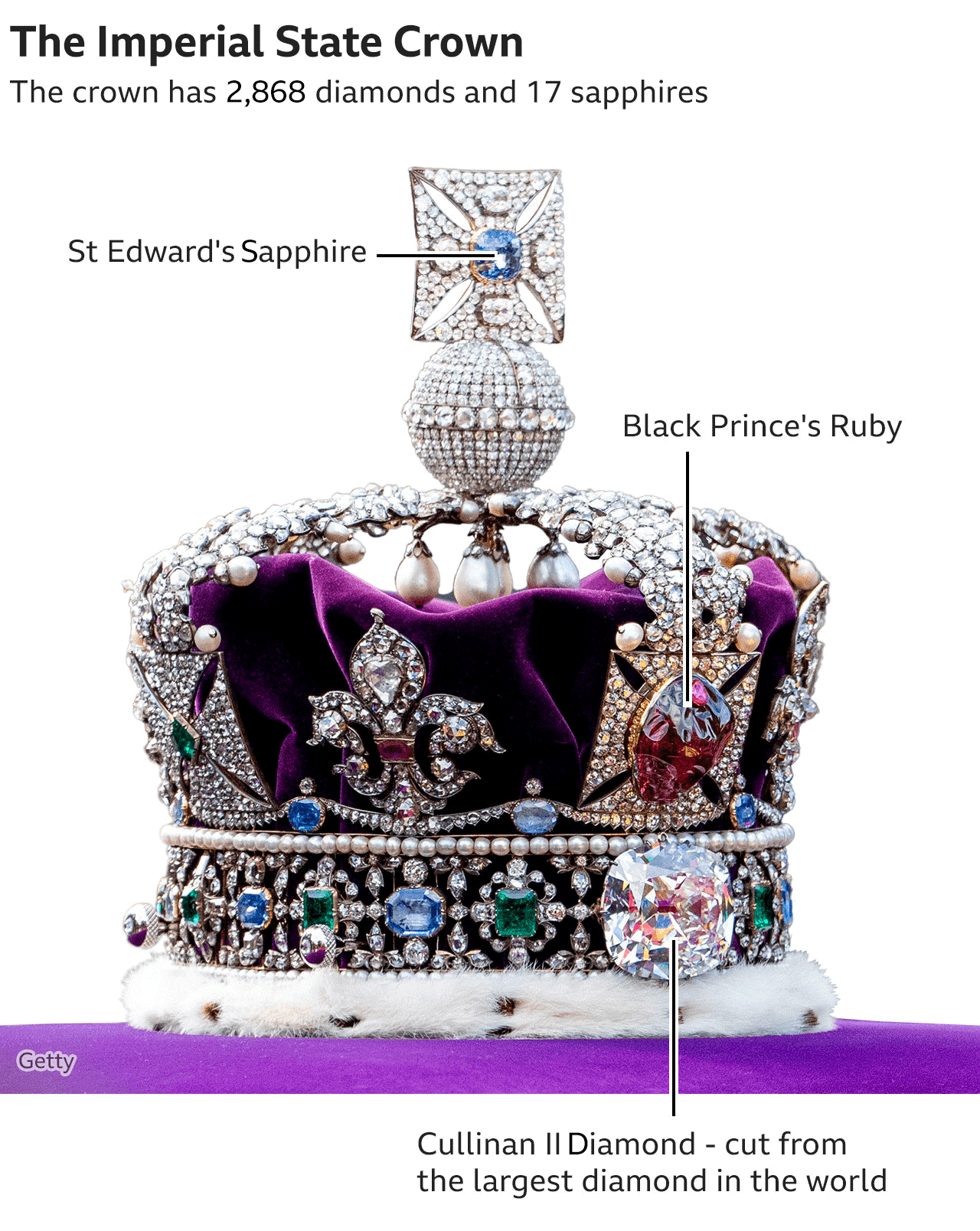
The Queen was particularly keen on a large red gemstone in the crown - known as the Black Prince's Ruby. It is thought to have been worn in 1415 during the Hundred Years' War by Henry V at the Battle of Agincourt - when English forces beat the French to the south of Calais.
Legend has it that the king placed a feather in a hole drilled into the ruby. "It's fun to see," the Queen told the BBC in 2018, "the idea that his plume was put into the stone on his helmet - bit rash, but that was the sort of thing they did, I suppose, in those days."
BBC presenter Clive Myrie - who was given unprecedented, close-up access to the crown earlier this year for a BBC documentary - described seeing it as "almost unreal".
"The clarity of the diamonds is absolutely unbelievable."
But putting a price on how much the Imperial State Crown - and all the Crown Jewels - is worth is nigh on impossible. Royal expert Alastair Bruce told the BBC documentary the collection was beyond monetary value.
"Calling it priceless is sensible, but you can just add as many zeros as there are diamonds in the collection."
When not in use, the Imperial State Crown is on public display in the Jewel House at the Tower of London - which has been home to the Crown Jewels for more than 600 years.
Following tradition, King Charles III will wear the St Edward's Crown for his coronation, but will put on the Imperial State Crown to leave Westminster Abbey at the end of the ceremony. Then, like his mother before him, he will wear the Imperial State Crown at the opening of Parliament, as well as on other official occasions.
Source: BBC
Trending Features

Chieftaincy institution in Ghana at a crossroads – A perspective by Andrews Kofi Anokye (KOANS)
17:37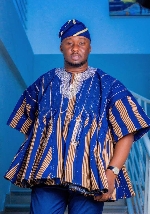
John Mahama and Malik Basintaale will be cowards If gov’t kowtows to Manasseh’s commandment and blackmails them not to renew the waste management contract
10:27
Ghana’s Horticultural sector: A blooming force for inclusive growth and a 24-hour economy
08:34
Dominic Ayine on panic mode as Kwabena Adu – Boahene sues?
12:23
Has EOCO read the NSB Act? Or has Banana Republic been activated under John Mahama?
12:07
Why is A-G quiet about allegations of bribery against him?
11:58

